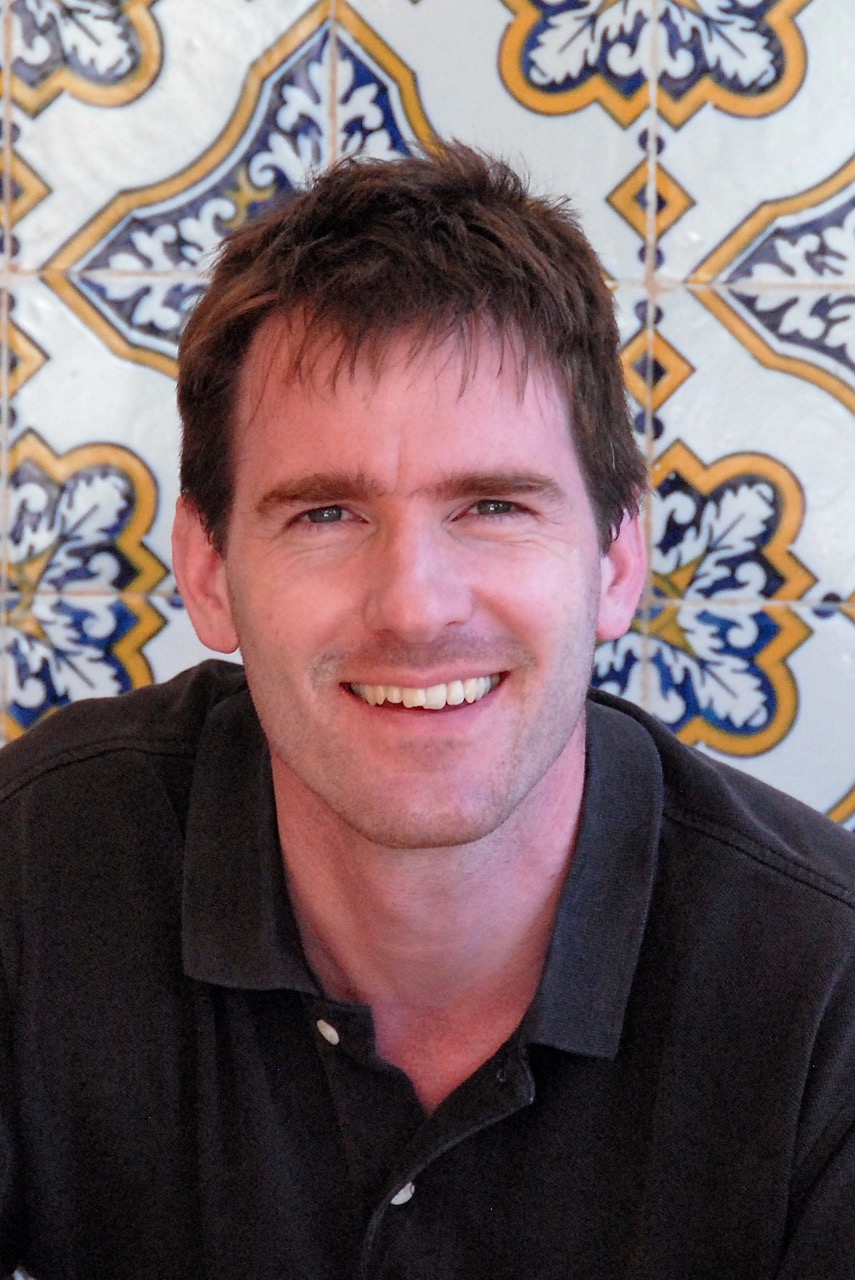Dr Dominic Johnson
Alumni
I did my DPhil in WildCRU between 1997-2001, following a BSc in Biological Imaging (natural history film making) at the University of Derby and the MSc in Integrated Biosciences in the Zoology Department at Oxford.
The central puzzle I worked on for my thesis was the origins of sociality in carnivores. Most carnivores are solitary for most of the year, but a few prominent exceptions live in large social groups – such as lions, hunting dogs, and European badgers. The latter species are particularly interesting because they do not hunt together or help raise each others’ offspring, so it is not obvious reason why they are social at all. I set out to test whether their social grouping might be explained not by behavioural factors, but by features of their ecology that might allow or force them to collapse into groups and share the same space. David Macdonald had long ago come up with the “Resource Dispersion Hypothesis” (RDH), which suggested that, if important resources in the environment are spread out in patches, yet rich enough when available to support multiple individuals, then groups might form almost by accident. Since any one individual would need to encompass several patches in their range to secure sufficient resources to survive, but these patches in themselves are often abundant, then a whole social group could share the same space at little or no cost to each other. Here, then, was a potential explanation for why badgers, or any other species, might live in groups.
My thesis used GIS to map and analyse all known badger territories in Wytham Woods going back to Hans Kruuk’s territory maps in the 1970s. This enabled me to conduct large sample test of RDH predictions over many years at Wytham. The results were noisy but suggested some clear support for RDH in action. Group home range sizes were almost entirely independent of the number of badgers in a group. Instead, home range sizes seemed to depend more on the distribution of feeding sites while group sizes depended more on the richness of those patches. Following up on this work in Wytham, I conducted cross-country analyses of badger home range and group sizes across Europe, and a comparative study of home range sizes across all carnivore species. Behaviour does not seem to successfully explain all instances of group living, and the often invisible but vital ecology of resource distribution in the environment seems to have played a significant part in both the evolution and maintenance of sociality – as it may well also have done in humans (which we have since been exploring).
In the last year of my DPhil, I received a Kennedy Scholarship to write up at Harvard. I joined Richard Wrangham’s lab in Biological Anthropology, with the idea to test whether the RDH might help to explain variation in group sizes and ranging behaviour of Chimpanzees across Africa, as well as some of the differences between Chimpanzees and Bonobos. This work is still ongoing, because at that point I got distracted by the anthropologists’ fascinating studies of the origins of war and I gradually moved into political science. I am now professor of international relations at Oxford, where I explore insights from evolution for human conflict and cooperation.






